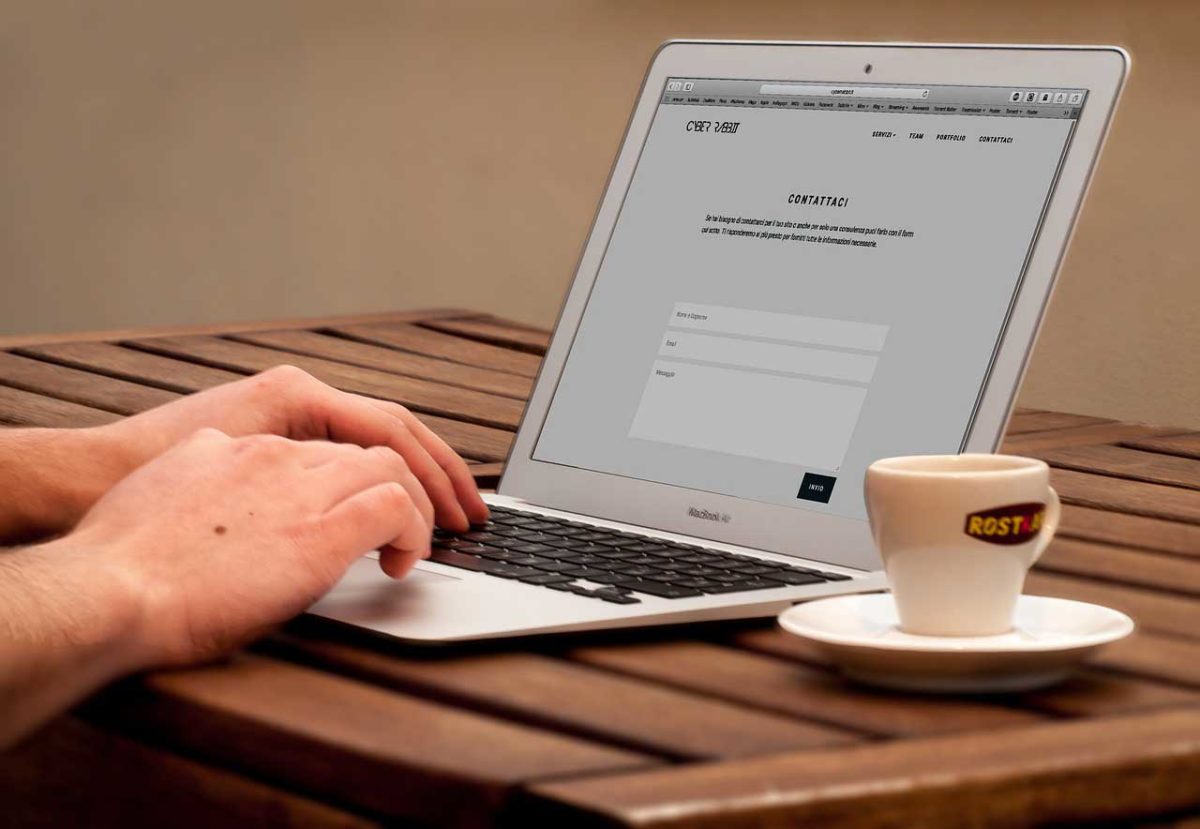Your brand has a story to share, and Kleap helps you deliver it to the right audience. Whether you’re creating your first passion project or you have an established brand, Kleap helps you build a website and create a compelling, effective online presence. A lot of small businesses like you build their websites on a builder website like Kleap. It’s a good starting point. You can also have more control over your website by following these steps of build a website.
Choose a name for your business
Choosing the name of your website is an important decision when you build a website, and there are several things to take into account. Your website name is usually the first thing people see when they visit your site, so it needs to reinforce your brand.
It’s also the name that will be used in your browser’s bookmark list, so it should be easy to remember. If you want to be more creative, you can choose an alternate domain name that is not as descriptive, but it is important to remember that it will be harder to find if someone doesn’t know it. If you are not sure about your domain name, you can always create a placeholder page with your preferred name, and later replace it with your real domain name.
Select a template
The easiest way to get a page up and running is to use a template. The template is a pre-built layout that is designed for specific use. They’re pre-made structures that you can just load up and start customizing to meet your needs. You can choose from several different templates when you add a new page in Kleap, and the template helps you get started build a website in a specific layout.
The design of a template can be used to display information in a way that is easier for visitors to read and understand. Many different templates are available in Kleap. They are easy to control and modify, very useful for the mobile first approach.
Before choosing a template while you build a website, you have to take a few things into consideration. For starters, what is the purpose of your website? What is the message you want to send to your audience? Do you want to give users a chance to contact you? Do you want a blog page? Do you want a portfolio page? These are all questions you should ask yourself before choosing a template.
After choosing the template you want, you have to change the template to match your brand.
In Kleap, after registration, you will be asked to choose a template among several proposals. If you like one of them, just click the choose button.

Create your homepage
Your homepage is the gateway to your website. It’s the first impression your visitors will get. So, you need to make it count. When designing your homepage, consider how you’re going to organize it. Aim to create a page that’s easy to navigate, clear about what you do, and most importantly, focused on your visitors.
When you build a website, don’t forget that your homepage needs to be simple, visually interesting, and focused on what your visitors want. It can’t just be about you. When creating your homepage, ask yourself: What do my visitors want? What do I want them to do? What kind of content will you include on your page? What will you be writing about? How will you organize your writing? How will people be able to find your page when they search for something?
Creating multiple pages is possible on Kleap. You just have to follow these steps:
Click on the menu button:

Then, click on add a new page. This option is only available on the creator plan.

Create a content
The content is the block that you can add in the pages (it can be a simple image, a contact form, a button, a link…). The blocks can be inserted using a purpose-built layout page, but you can also add them directly to the page.
Let’s take the example of the image bloc. Images make a major impact online. The photos and graphics that complement the words on your website are an integral part of build a website. To add an image bloc on Kleap, just click on the add block button. The, choose the appropriate icon: the image button.

You’ll be invited to select a picture from your smartphone / desktop. To optimize your website, don’t hesitate to add a description. Also if you want to link the image to another page or link, fill the url field.

Even when you build a website, images are important. They are used to convey ideas and concepts, describe processes, demonstrate products, services, and experiences, illustrate facts and figures, and reinforce your message. The eye is the Internet’s most powerful communication device, and images are the most effective way to speak to it.
In addition, content is also considered as the backbone of any successful website. If you’re not putting out content that your audience finds valuable, you’re not doing your job. I’m not saying your website should be nothing but content.
I am saying that the content of your site is the most valuable thing to your users. If you have content that is valuable to your audience then you’ll have people coming back to read more. If they like what they found on your website, they’ll share it with their friends.
If it’s really valuable, they’ll tell their friends about it in person. The truth is that you need content to grow your audience. You can’t just rely on SEO or social media marketing to bring in the traffic. There are ways to optimize these things, but without content, it’s not going to work.
Promote it after you build a website
Getting your website found on search engines is an important part of any online marketing campaign. Search engine optimization (SEO) is the process of affecting the visibility of a website or a web page in a search engine’s unpaid results—often referred to as “natural,” “organic,” or “earned” results. A successful SEO strategy combines search engine optimization (SEO) with other forms of marketing.
Other forms of search engine optimization (SEO) include:
Link building – the process of establishing links to a website from other websites, to help search engines determine the site’s importance.
Social media optimization – the practice of optimizing a website with relevant keywords so that the website appears in search engine results.
Content optimization – the practice of ensuring that the website contains the right combination of words that will help search engines determine the site’s relevance to certain topics.
You didn’t build a website if you don’t want that others find it. We all want our websites to be found online, but how do we do that concretely and easily? I’m sure you’ve heard this phrase before: “content is king”. That is, of course, partially true. But there are ways you can supplement your content with other things to make sure you’re found on the web. You might be surprised to learn that one of the best ways to get your site found by people who are looking for it is through social media. So share us your link in our facebook community to begin.

It’s not just about posting your content on social media, though. It’s about understanding how social media platforms work and how you can use them to your advantage.
If you’re new to the world of website creation, you may be feeling a little overwhelmed and confused about how to build a website, how it all works. The good news is that there are some easy ways to create a blog without any experience or knowledge of coding. Kleap is a site that specializes in helping you create a website in a few easy steps, and for free.














